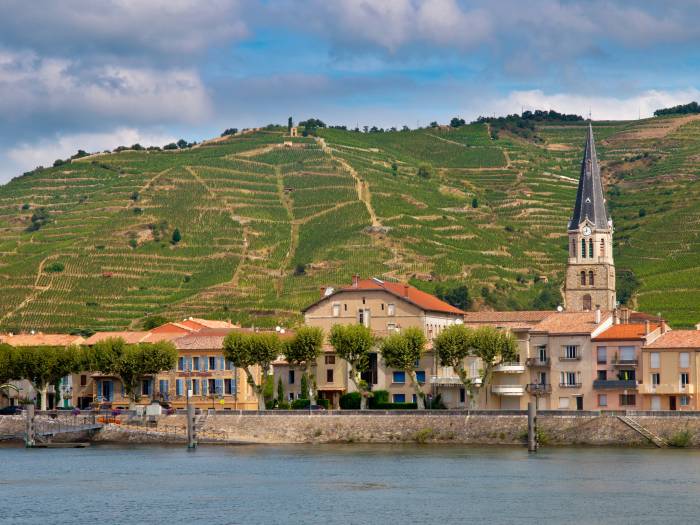Côtes-du-Rhône raises yield limit for 2025 as region signals cautious recovery
Producers agree to higher output after stock reductions, but economic and political uncertainties continue to challenge winegrowers
2025-09-04

The Côtes-du-Rhône regional appellation has decided to increase its authorized yield for red and rosé wines to 43 hectoliters per hectare for the 2025 vintage. This decision comes after a period of economic adjustment and is seen as a sign that the region is beginning to recover from recent challenges. The new yield represents a 5% increase from the previous limit of 41 hl/ha, which had been in place since 2023. The move was agreed upon by the majority of producers, with only two abstentions during the vote.
Damien Gilles, president of the Syndicat des Vignerons des Côtes du Rhône, explained that the decision was based on current economic conditions rather than climate factors. He noted that stock levels have improved significantly over the past year. At the end of the last season, stocks had dropped to nine months’ worth, compared to thirteen months previously. Free wine volumes also fell from 400,000 hectoliters last year to 150,000 hl this year. While market prices are not yet strong, Gilles said there are clear signs of recovery.
The choice of 43 hl/ha was a compromise between maintaining the previous limit and a more ambitious proposal to raise yields to 46 hl/ha. The latter was considered too optimistic given ongoing uncertainties in both domestic and international markets, including disruptions in the United States and China and political and economic instability in France.
Since 2023, when yields were reduced to 41 hl/ha, producers have faced significant challenges. The smaller harvest in 2024 helped reduce excess stocks but came at a cost. Lower yields mean higher production costs per unit and have taken a toll on morale among growers. Gilles described a lack of long-term vision in the market, with merchants unable to provide clear guidance due to external uncertainties.
A key factor in rebalancing supply has been a program of vineyard removal, or arrachage, which offered growers €4,000 per hectare to pull up vines. So far, about 1,300 hectares of Côtes-du-Rhône vineyards have been removed, rising to 2,000 hectares when including Côtes-du-Rhône Villages. Gilles believes another round of removals will be necessary to further stabilize the market and allow remaining vineyards to operate more sustainably.
The Association Générale de la Production Viticole (AGPV) has called for a new plan combining vineyard removal with distillation measures. Gilles supports this approach but expressed regret that the compensation offered for removing vines is too low compared to what growers might expect for giving up land that has often been in families for generations.
Efforts are also underway to secure better prices for producers. Gilles remains hopeful about the Egalim law, which aims to ensure fair pricing for agricultural products. He is working with colleagues from Bordeaux and southeastern France through the Comité National des Interprofessions des AOP et IGP (CNIV) to push for legislative changes that would support winegrowers’ incomes. However, he acknowledged that political uncertainty may delay progress on these initiatives.
At the European level, producers are waiting for approval from the European Commission on measures that would allow them to set reference prices for organic and high environmental value (HVE) wines under Article 210 bis of the Common Market Organization (OCM). Other regions such as Pays d’Oc have already received validation for similar requests.
Despite these efforts, economic conditions remain difficult in the Rhône Valley. Some cooperative wineries have closed while others are struggling to survive. Many growers are relying on bank support as they wait for prices to recover. Gilles emphasized that returning Côtes-du-Rhône wines to sustainable price levels is essential for the future of the region’s vineyards. The goal this year is simply for production costs not to exceed sales revenue—a basic but critical target as producers look ahead with cautious optimism.
Founded in 2007, Vinetur® is a registered trademark of VGSC S.L. with a long history in the wine industry.
VGSC, S.L. with VAT number B70255591 is a spanish company legally registered in the Commercial Register of the city of Santiago de Compostela, with registration number: Bulletin 181, Reference 356049 in Volume 13, Page 107, Section 6, Sheet 45028, Entry 2.
Email: [email protected]
Headquarters and offices located in Vilagarcia de Arousa, Spain.